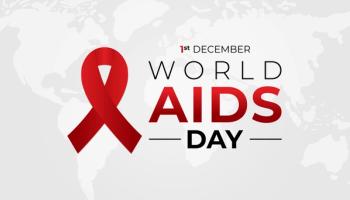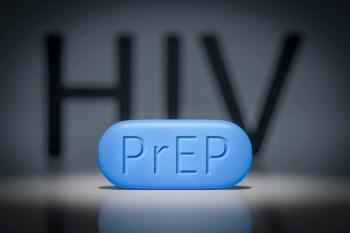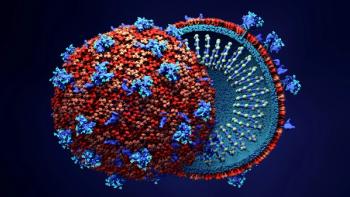
ART Works. But Researchers are Pursuing a Cure for HIV.
Results of a small study published in Nature Medicine show that early treatment with a monoclonal antibody might be part of a strategy to clear an HIV infection.
The standard treatment for HIV is antiretroviral therapy (ART). Although there are many good ART combinations to choose from, ART does not cure HIV and therefore treatment needs to be taken for the rest of a person’s life to avoid disease progression to AIDS) and transmission of the virus to others.
Søgaard was one of the researchers involved in a
“Lots of clinical trials have tested HIV curative strategies, but most of these trials have failed to make any impact on the number of infected cells (known as the HIV reservoir) or on the immune system’s ability to control the virus,” Søgaard said
“In our study,” he continued, “we tried to intervene right as people with newly diagnosed HIV infection were starting ART.”
He explains that this approach is different from previous studies, which have tested interventions among people with HIV who have been on ART for many years.
The study volunteers were 50 men and 5 women newly diagnosed with an HIV infection living in Denmark and the United Kingdom. Søgaard and his colleagues randomized them to receive one of four treatments: standard ART;
“In our randomized trial, we found that people who received potent monoclonal antibodies against the surface of HIV in addition to standard ART had a faster decline in the amount of virus in plasma and infected cells as well as a stronger cell-mediated immune responses against the virus compared to those that only received ART,” Søgaard says. “Furthermore, when the study participants stopped ART during a tightly monitored treatment interruption, the proportion of individuals who were capable of partially or completely controlling the virus were much higher among those who had sensitive viruses and received the monoclonal antibodies, than the rest of the study participants.”
Søgaard noted that research has shown that immune system and CD8 T lymphocytes, in particular, are capable of suppressing HIV replication for many years without ART. Treatment with 3BNC117, the anti-HIV monoclonal antibody, might be a way to reduce the amount of virus beyond what can be achieved with the current standard of care for HIV. In addition, this antibody also might improve the immune system’s ability to control the virus once ART is stopped.
Søgaard and his colleagues reported their results in Nature Medicine last month.
“This is a hopefully a step in the right direction but much more work and improvement of the treatment strategy is needed before we might one day have a safe, scalable cure for HIV,” Søgaard says. “In this study, we focused on people with newly diagnosed HIV but a high priority for future research should be to tests similar treatment strategies in those who have already been on ART for years.”
Newsletter
Get the latest industry news, event updates, and more from Managed healthcare Executive.


















































